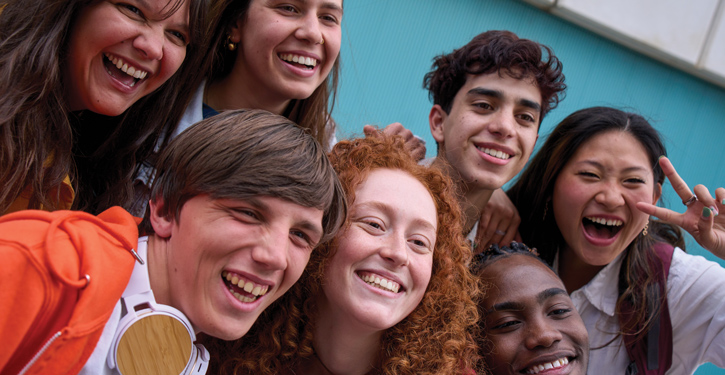The landscape of higher education is rapidly transforming, driven by fluctuations in state funding and an intensified focus on career readiness and experiential learning. As the largest employer of students on many campuses, campus recreation is uniquely positioned to prepare students for future employment by ensuring they’re equipped with both academic knowledge and practical skills.
Performance-based funding has become a significant driver of change, with 31 states by 2020 adopting models that allocate appropriations based on metrics such as course completions, workforce participation and more. These models encourage institutions to prioritize genuine student success over simple enrollment numbers. Campus recreation must also adapt to support these new institutional outcomes.
To effectively navigate this evolving funding landscape, campus recreation departments must strategically adapt their programs to align with PBF metrics and broader career preparedness goals.
Here are five key strategies for achieving this alignment:
1. Enhanced Orientation and Training Programs:
Comprehensive orientation sessions should introduce students to campus resources and expectations, while advanced training programs must equip them with skills in leadership, emergency response and customer service, ensuring they are well-prepared for their roles.
2. Career-Linked Employment Structure:
Develop clear promotional paths within campus recreation jobs to motivate students and demonstrate the value of advancement opportunities. Establish tiers of employment with specific criteria for each level, enhancing student retention and competency building.
3. Consistent and Actionable Feedback Loops:
Implement regular and constructive feedback systems that help students identify their strengths and areas for improvement, fostering both personal and professional development.
4. Strong Career Services Partnership:
Forge a robust partnership with career services to integrate essential job search strategies, resume building and interview preparation into student workforce programs. This ensures students gain not only work experience but also valuable career support.
5. Robust Outcome Tracking and Reporting:
Employ comprehensive data collection methods to track both skill enhancement and graduate success in related fields. This data should align with broader institutional goals and assist in refining program offerings to boost their impact on student careers.
These strategies ensure campus recreation not only contributes to a healthier, more engaged student body but also plays a crucial role in preparing students for professional success. By aligning closely with institutional performance metrics and the evolving demands of higher education funding, campus recreation programs can demonstrate their value and effectiveness in developing well-rounded, career-ready graduates. This strategic alignment is essential not only for meeting the challenges posed by performance-based funding but also for enhancing the overall educational experience, ensuring students are equipped with the knowledge, skills and experiences necessary to thrive in their future careers.
Joanna Prociuk is the assistant vice president of Talent and Innovation for CENTERS, a professional campus center management company. Prociuk is responsible for employee recruitment and career development. She also presents at NIRSA and Athletic Business on topics like student engagement or facility operations. Email jprociuk@centersusa.com or visit centersusa.com for more information.










